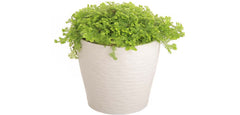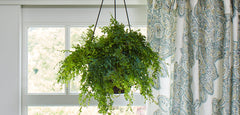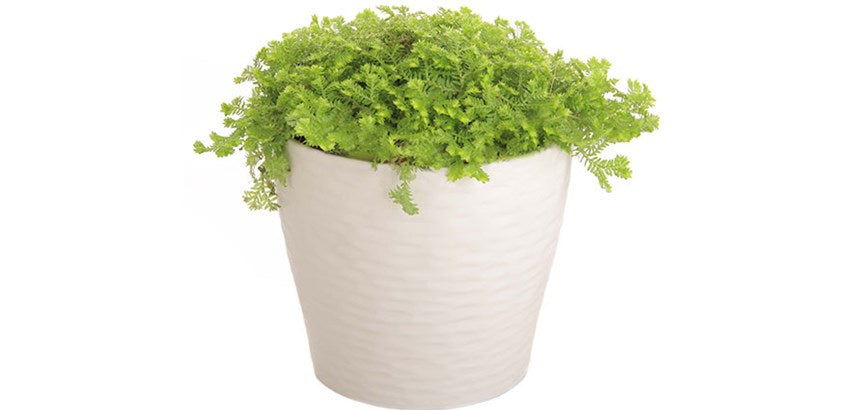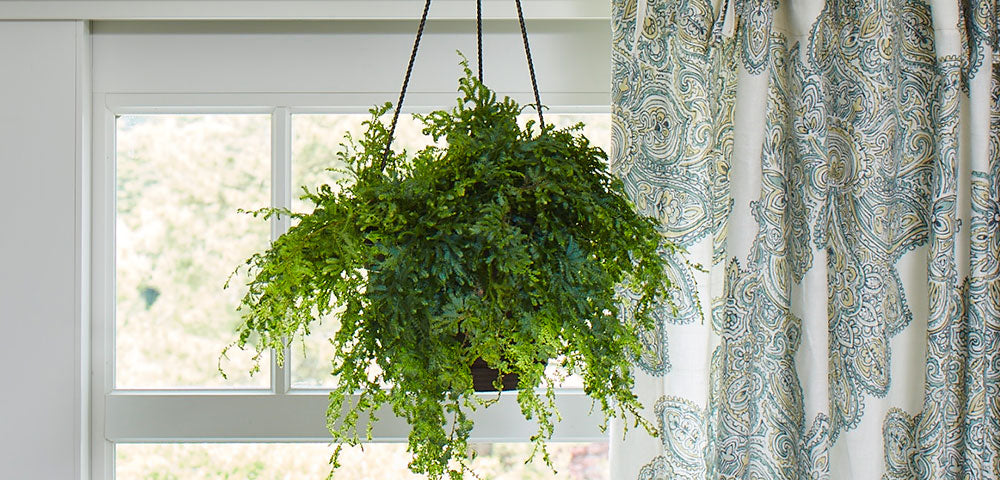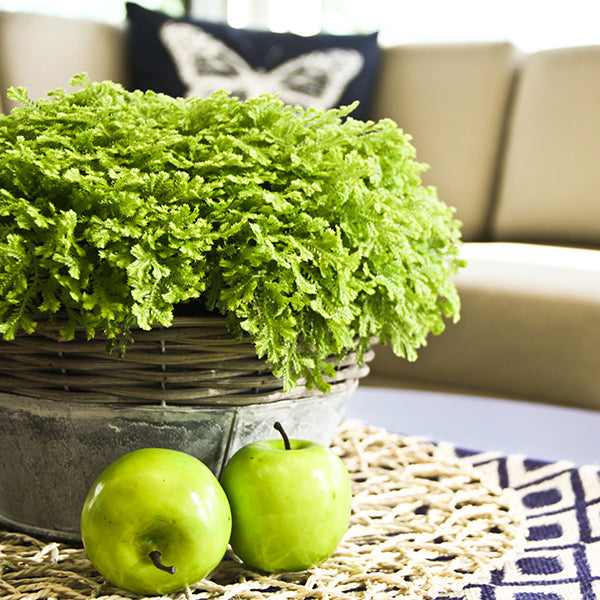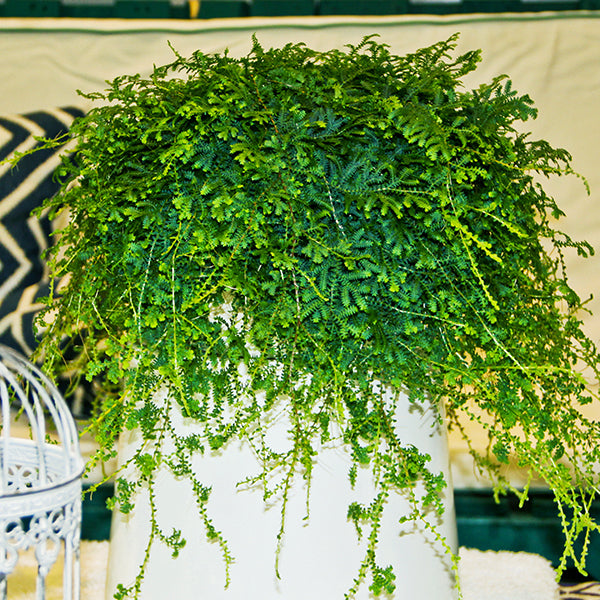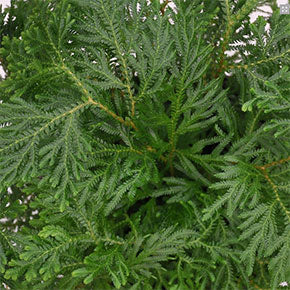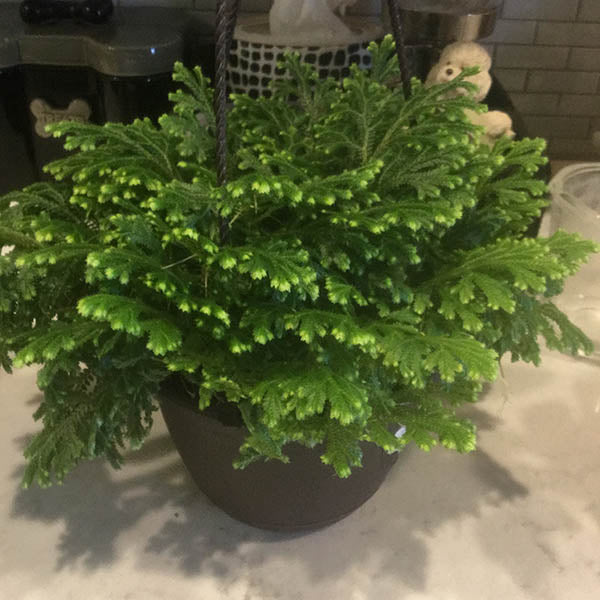Moss (Selaginella spp.)
Moss Plant Features
Moss is a hot look for designing with plants, both indoors and out. While there are many types of moss, selaginella varieties are among the best houseplants. Those slow-growing, small indoor plants add lots of texture with their beautiful leaves --- and some add color, too!Mosses are perfect for humid kitchens and bathrooms, as well as terrariums. They can also serve as excellent groundcovers to pair with or grow with or beneath larger moisture-loving houseplants.
Moss Questions?
If you have questions about growing moss as an indoor plant or out in the landscape, drop us an email!
Moss Growing Instructions
Most moss varieties tolerate low light well. In fact, they do not like much, if any direct sun -- especially in hot-summer climates. Protect mosses from harsh light with a sheer curtain if you grow them in a sunny windowsill.Mosses typically like moist soil, so water them regularly to prevent them from drying out. Don't let more than the top inch or so of the potting mix become dry to the touch. These indoor plants also like high humidity, so keep them in a humid atmosphere such as a terrarium.
Mosses typically don't require fertilization. In fact, too much fertilizer can easily burn their roots.
Note: Moss varieties are not intended for animal or human consumption.
-
Water
Constantly moist soil
-
Light
Indoors: Low light
-
Colors
Blue
Green
-
Special Features
Purifies the air
Complement your Moss
CalatheaGrow beautiful mosses with lovely tropical plants such as calathea for a fun Zen look.
Nerve Plant
Nerve plant is plenty colorful, but looks even better when grown in a bed of rich green moss.
